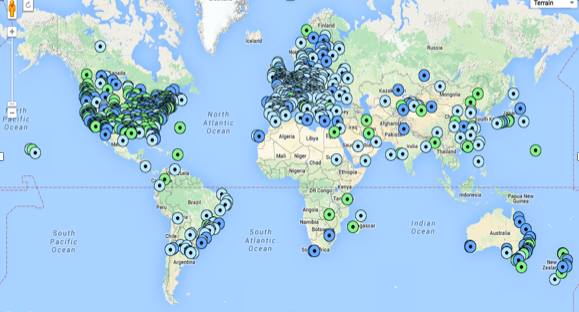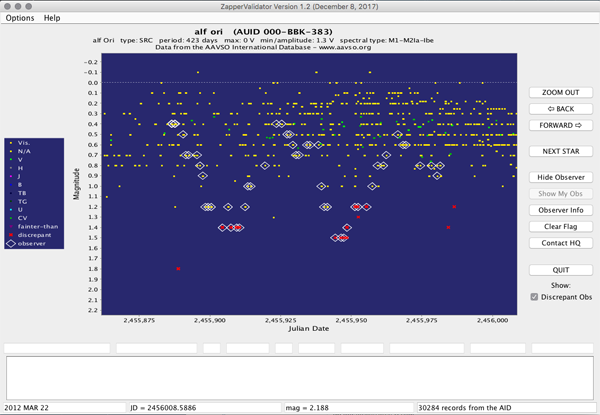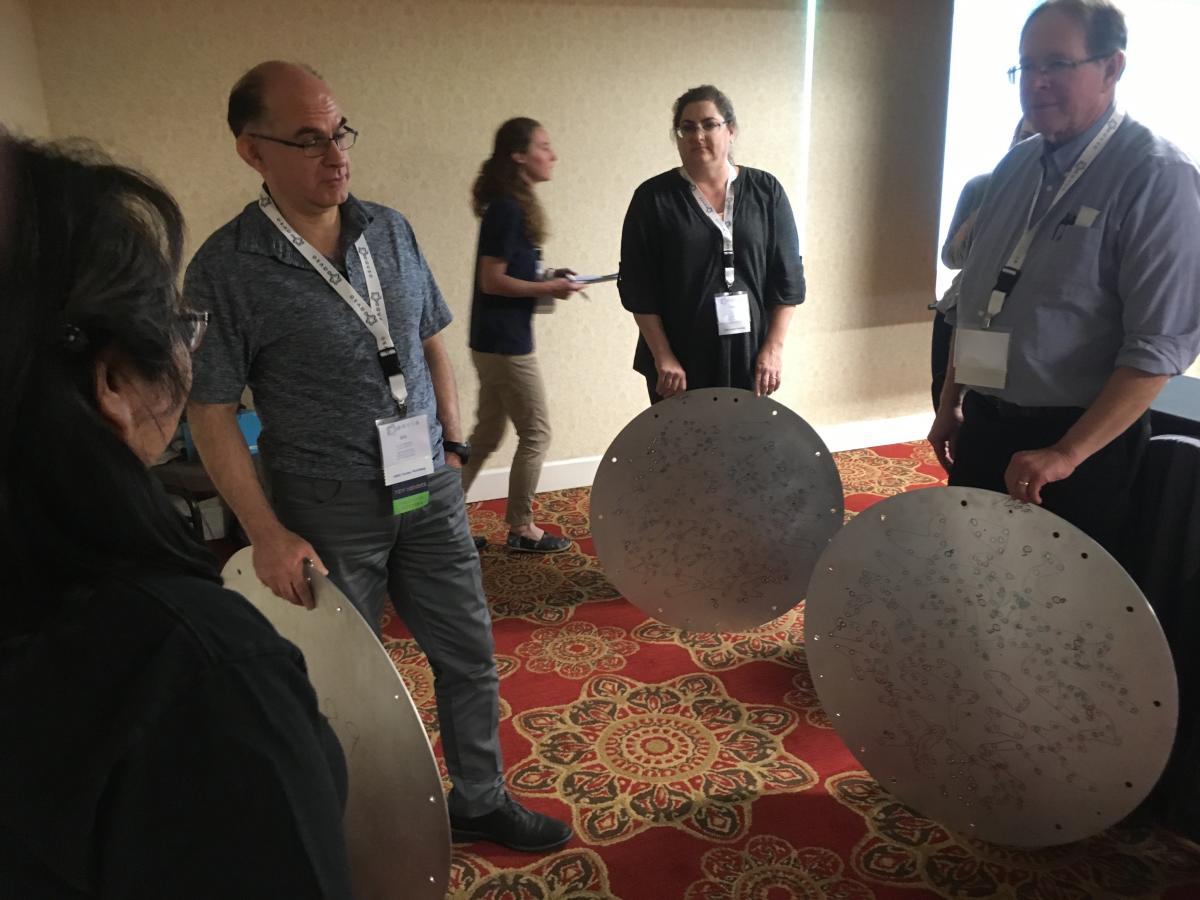|
Looking for AID Data? Click here
|
The AAVSO International Database (AID) has tens of millions variable star observations going back over one hundred years. It is the largest and most comprehensive digital variable star database of its kind in the world. Millions of new variable star brightness measurements are added to the database every year by hundreds of observers all over the world.

Quality
AAVSO prides itself on providing the highest quality data possible to researchers. AAVSO implements data entry error checks for each observation at every stage in the process, and staff comb through the observations, both personally and through the use of automated programs, to look for misidentifications, typos, and any other errors. All revisions to the database are tracked, and no observation is ever discarded without thorough checking.
Quality control begins before the observation is even made:
- Extensive training materials are offered new AAVSO observers, such as online CHOICE courses and forums
- AAVSO’s active mentoring program pairs new and experienced observers
AAVSO’s online data entry tool, WebObs, runs error checking routines which automatically identify the most common data entry errors.
For more in-depth checking, the observers themselves review their own submitted data (by using the following tools AAVSO makes available) and bring any questionable observations to the attention of AAVSO staff:
- Light Curve Generator, version 2 (LCGv2)— a web-based tool that creates a light curve in real time using data from AID. Although primarily used for plotting light curves, users can report any discrepant observations. Unlike Zapper (a data-checking tool used by volunteers), LCGv2 can plot individual bands.
- WebObs Search—a web-based data search tool that allows users to get a list of data based on search parameters, including an observers’ code name (obscode), star name, observation start and end dates, and/or observation type. Observers can find and edit or delete their own observations, but they are not allowed to alter the observations of others.
In addition, devoted AAVSO volunteers and staff check the accuracy of data submissions using the Light Curve Generator (LCG) and VStar to identify discrepant data points and send a report of any discrepant points to AAVSO staff for reviewing.

plotted on a light curve
 |
In person: AAVSO holds up to two meetings per year where members come together to discuss their observing strategies, compare results, and much more. Workshops are routinely held at these meetings, bringing the best professionals in the field in contact with the observers. Image, left: The Sloan Digital Sky Survey Plates for Education workshop at AAVSO's 2019 Annual Meeting
|
Observers
AID is driven by the enthusiasm, dedication, and tireless effort of thousands of variable star observers all over the world. Thanks to this international network of observers, night-to-night star data is gathered across most time zones and latitudes, regardless of weather or other regional disruptions.


